Despite lower sales than the Mustang, the 1969 Dodge Charger must be one of the recognizable and beautiful muscle cars of the late 1960s. The hidden headlamps and recessed rear window really add to the look.
Standard Charger equipment included; all-vinyl bucket seats, deep-pile carpeting, heavy-duty suspension and a choice of 18 exterior colors.
Charger had grown in size with its revamp for the 1968 model year and sales had really started to take off from the relatively slow start with the first generation. The 1969 Charger saw very few changes. The body remained the same but at the front there was a new split grille and to the rear the round taillights were replaced with elongated lenses.
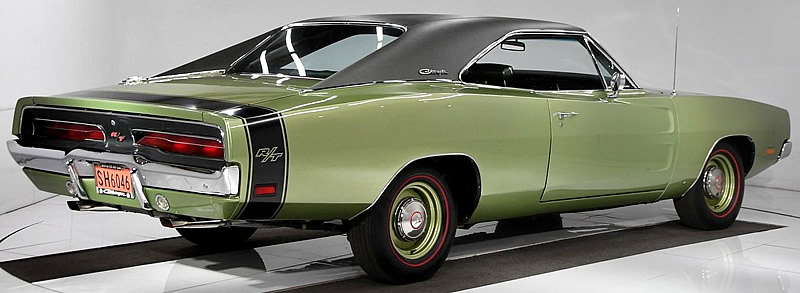
Using Chrysler’s B-body it has attractive ‘Coke bottle’ styling.
The charger dash has an interesting instrument layout and offers (from left to right), a clock, speedometer, fuel gauge, oil pressure gauge, ammeter and temperature gauge.
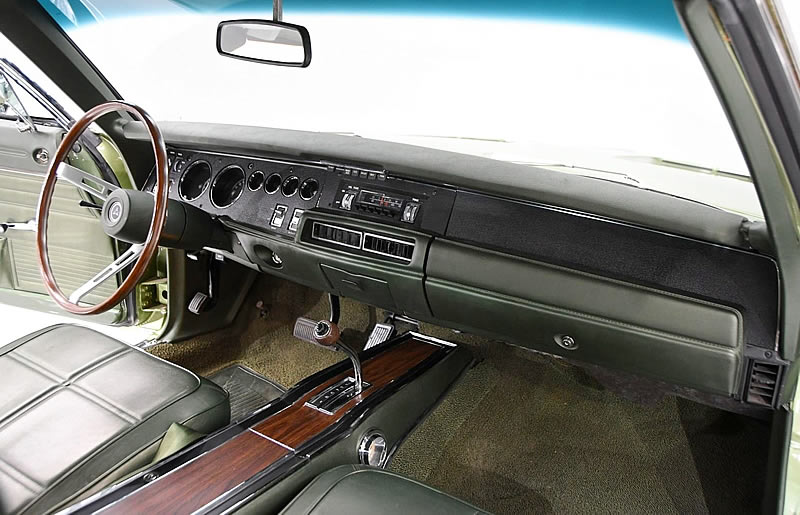
Under the hood the standard Charger came with a 225 cubic inch, six-cylinder engine producing 145 horsepower. For an extra $106 you could get the base V8, a 230 horsepower, 318 cubic inch block, There were three 383 options starting at $176.
However, the R/T came with a 440 Magnum V8 as part of the package. It’s been the subject of a highly detailed restoration costing in the region of $114,00
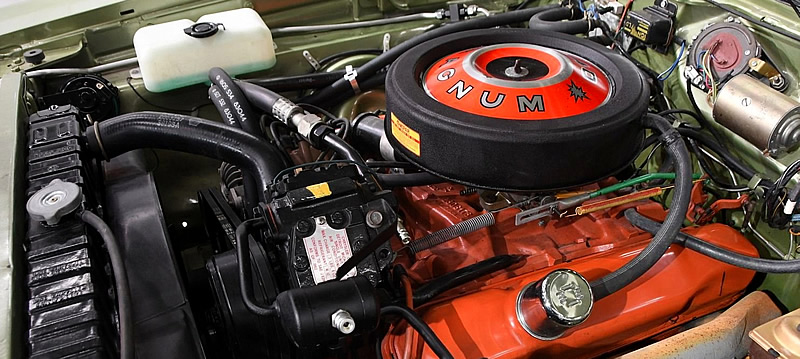
The 1969 Dodge Charger leaped to fame (literally) in the television series The Dukes of Hazzard. The bright orange car with a Confederate flag painted on the roof, really drew the public attention to this car. Despite somewhere between 250-350 cars being destroyed during filming it probably did a lot to ultimately increase the Charger’s value. This, in turn, has arguably led to a lot more cars being saved.
If you wanted a Charger back in 1969 the base price was $3,020 with the R/T starting at $3,592.
Dodge made a total of 20,100 R/T Chargers.
Factory options on this car include: air conditioning ($358), power steering ($100) and power brakes ($49).
This ’69 Dodge Charger is currently for sale on eBay. (follow the link for even more photos)

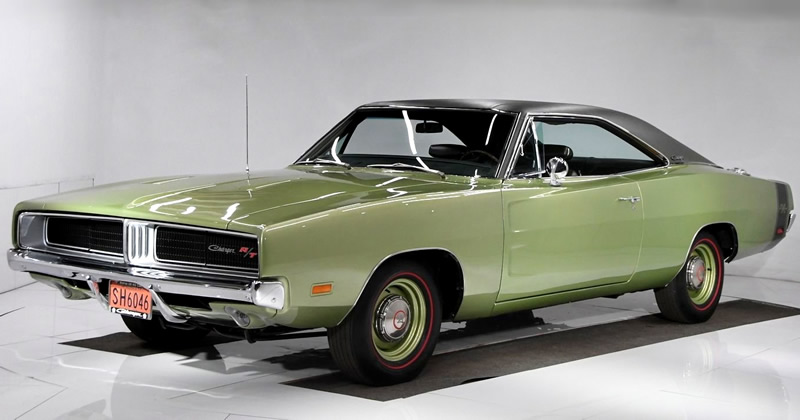
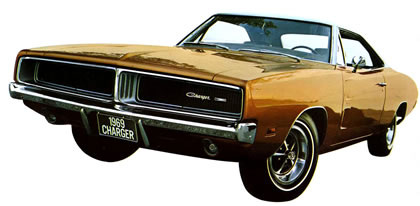 Who would have thought that when the 1969 Dodge Charger R/T debuted that it would sell 85,000 vehicles and make motor vehicle history? If you were into Dodge Chargers you knew something was just right about the 1969 but you couldn’t put your hand on it.
Who would have thought that when the 1969 Dodge Charger R/T debuted that it would sell 85,000 vehicles and make motor vehicle history? If you were into Dodge Chargers you knew something was just right about the 1969 but you couldn’t put your hand on it.
That is bad ass car I had one it got flooded short out the electrical system